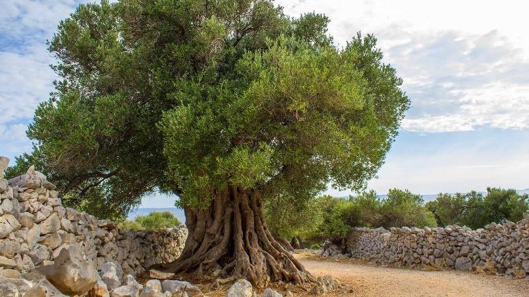On the Adriatic Sea coast in the Dalmatian region, which is a region characterized by years of invasion and occupation of the different civilizations, we find the peculiar island of Pag. It is in the north of the Adriatic Sea, and is the fifth largest island on the Croatian coast with a surface area close to 285 square kilometers with 270 km of coastline. It has the longest coastline within the archipelago. It has an elongated shape and it amounts to more than 60 km long.
Its western area is characterized by long stone and sandy beaches, while in the eastern part cliffs predominate. Inside there are two karst lakes, but throughout the island the landscape is characteristically Mediterranean. For example, there are olive trees, vineyards and low forests.
The real treasure that is hidden on the island is located in the northern town of Lun, whose shape is similar to that of an index finger. It contains about 80,000 wild olive trees in an area of about 24 hectares. These olive trees stand out for their importance and ecological value. Also, there are about 1500 unique and precious wild olive trees of the Olea Oleaster variety. They date back to more than 1500 years ago, as can be seen by their huge, twisted trunks with unparalleled beauty. Such is the botanical importance that this area has acquired, that in 1963, it was declared a botanical reserve. This is due to the fact that there are no areas with wild olive trees in the Mediterranean.
THE EVOO coming from the wild olive trees in Lun is of an unmatched quality, and is considered to be one of the finest EVOO in all of the Adriatic region.
Thanks to these wild olive trees, the island is considered to be a great tourist destination in the region.
Because of the great importance the island has, it belongs to two distinct regions that argue over, but share the benefits that the island produces.

